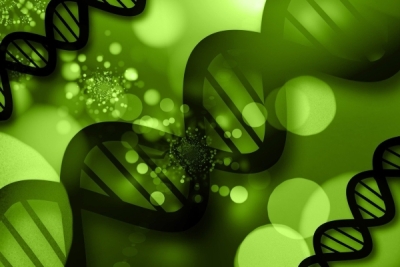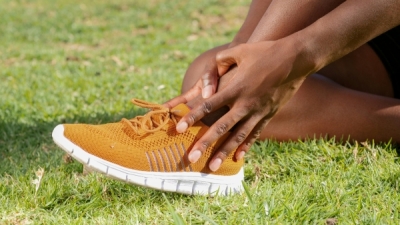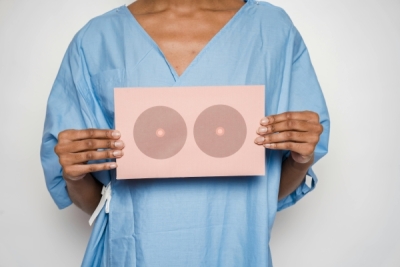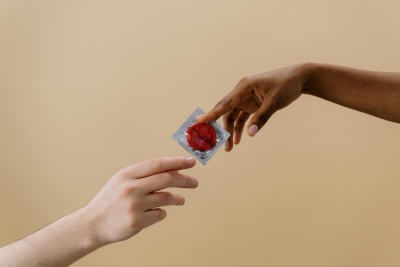The use of alcoholic beverages by young people is a topic that arouses great concern among health professionals. Several factors may influence this behavior: physical, social and psychological changes typical of puberty, as well as personality traits and hereditary factors.
Worldwide, 26.5% of young people aged 15 to 19 drank in the last year, corresponding to about 155 million people (WHO, 2018). The highest current consumption rates in this age group were observed in the WHO European region (43.8%), followed by the Americas (38.2%).
Heavy Episodic Drinking (HED) is the consumption of large amounts of alcohol in a short period of time, being more common among young people and associated with risks of accidents and violence. Data from WHO reports indicate an increase in HED in Brazil, between 12.7% to 19.4%, from 2010 to 2016, in contrast to the decrease in the world (from 20.5% to 18.2%, in the same period). Globally, there is a trend towards a decrease in HED episodes between 2000 and 2016 for young people in general (except in South and East Asia and the West Pacific).
In Brazil, estimates show that 26.8% of young people aged between 15 and 19 years old reported alcohol consumption in the previous 12-month period, similar to the world prevalence of 26.5% (WHO, 2018a). Data from the most recent edition of the National Student Health Survey (PeNSE), from 2019, showed that the experimentation of alcoholic beverages among students aged between 13 and 17 years old was 63.3%. Among students aged 13 to 15 years, the prevalence of experimentation was 55.9%, and among those aged between 16 and 17, the prevalence reached 76.8%, a small increase compared to the previous survey, carried out in 2015, which indicated 73% for this age group.
The survey also shows that there was a statistically significant difference between students from public and private schools in relation to the experimentation of alcoholic beverages by students aged 16 and 17. The experimentation prevalence is higher among students from private schools (79.5%) when compared to the public ones (76.4%).
Regarding gender, data from the PeNSE survey showed significant differences regarding alcohol experimentation: among girls the percentage is 66.9%, while among boys, it was 59.6%. The research also investigated early exposure to alcohol and identified that 34.6% of students aged between 13 and 17 years old had taken their first alcoholic drink with less than 14 years old, and for girls, this percentage increased to 36.8%.
In addition to impairing the development of the nervous system, early alcohol consumption increases the possibility of negative consequences, such as a drop in school performance, early and unwanted pregnancies, violence and accidents. The earlier the first contact with the substance, the greater the risk of problems. Studies show that experimentation before the age of 15 increases the risk of developing alcohol dependence by 4 times (NIAAA, 2017). Despite this alarming information, in many American and European countries, most young people use this substance before the age of 15 years.
Regarding alcohol abuse, the survey showed that 47% of students aged 13 to 17 reported an episode of drunkenness at least once in their lifetime and, in the 30 days prior to the survey, 9.7% of the interviewed students aged 13 to 17 years said they had consumed 4 or more doses of alcoholic beverages in the same day, and 6.9%, 5 or more.
The immediate and long-term risks arising from the use of alcohol by minors reinforce the need to develop effective prevention and treatment programs for this population. Understanding the social, personal and environmental factors that contribute to the initiation and increase in the use of alcoholic beverages is crucial for these programs to be developed efficiently and appropriately to the needs of young people.











